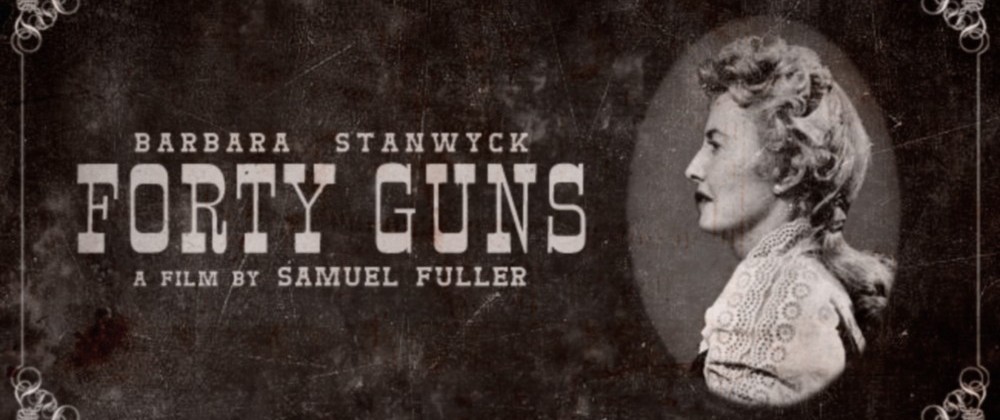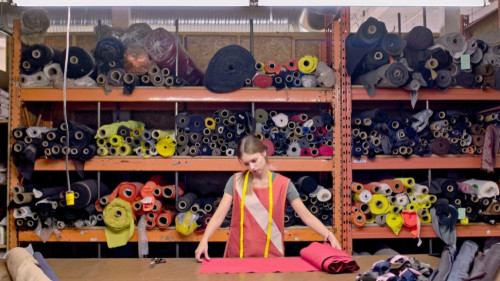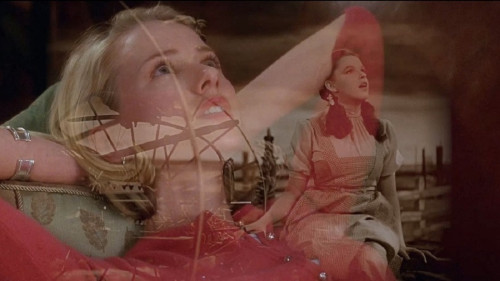Volume 17, issue 12 / December 2013
Westerns Redux (starring Barbara Stanwyck)
In this issue
-
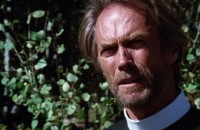
From Saviors to Angels of Death: Apocalyptic Westerns
-
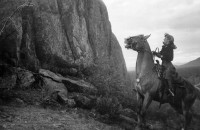
Steers, Queers and Pioneers: Barbara Stanwyck’s 1950s Westerns, Part 1: Anthony Mann’s The Furies
-
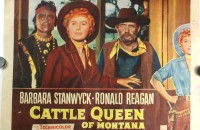
Steers, Queers and Pioneers: Barbara Stanwyck’s 1950s Westerns: Part 2: Post-The Furies
-
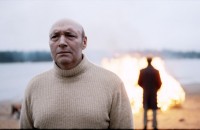
Love, Friendship, Death, Grief, and Absurdity: Silent Souls, directed by Aleksei Fedorchenko
Traditions, old and new, reveal and obscure human impulses
-

Revisiting Stella Dallas from a cognitive theory of film perspective
Offscreen had so much fun with last month’s Western special, that it decided to continue the coverage with a mini-spotlight on the venerable genre. So in a follow-up to last month’s all-Western issue, three more essays on the ageless genre. Up first is my own essay sifting through apocalyptic imagery in the Western, that is partly a residue of research from my essay from last month “The Great Silence: Guns, Morality and Death.” This is followed by Elaine Lennon’s two-part essay which concentrates on the Westerns of one of Hollywood’s grand old dames, and one of its most powerful female performers, Barbara Stanwyck. Lennon’s essay is not so much a charting out of these films (she made seven Westerns during the period in question, 1950-57) within the Western canon, but an unearthing of how a combination of Stanwyck’s persona, her high regard in Hollywood and her impeccable skills led to a reformulation of the expectations one usually holds for women in the western. Stanwyck’s roles across her many Westerns (and continuing in her television work, such as the matriarch in The Big Valley, which Lennon notes grew from some of her film characters) challenged these roles which were usually secondary to the male roles, often defined by how they either supported or provided a momentary blockage to the goals of the male Western hero (and anti-hero). Stanwyck’s characters never quite fit into the usual whore/madonna/prostitute/schoolmarm duality one associates for women in Westerns. A part of this ‘challenge’ that Stanwyck’s Western roles provide is an implicit ‘queerness’ which Lennon notes across several of the films. In her stirring conclusion, Lennon notes how these Western roles are “significant to the representation of women to the era, replete with contradictions, wildly expressed emotions and desiring of power, above all.” As always in Lennon’s work, the role of the screenwriter, and the function of the screenplay, are given their due along with other aspects of film. The fourth featured essay carries on with Barbara Stanwyck, but in a different vein. Pervez uses Stanwyck’s great melodrama Stella Dallas as a case study for a cognitive approach to film theory and analysis. The final essay is Daniel Garrett’s analysis of Aleksei Fedorchenko’s Silent Souls (2010), a meditation on death, the after-life and mourning. Silent Souls also recalled for me the even more formally rigorous The Second Circle by compatriot Alexander Sokurov, who was the subject of a recent special issue of Offscreen (17/8). In this latter film a young man returns to his home town to deal with the death of his father, and spends the better part of the story home with his dead father in a perpetual state of stupor while town officials prepare the corpse for burial. Like Fedorchenko (but more rigorously) form emulates the depressive ‘inner’ content of the son, whose grieving pain is filtered in the film’s melancholic stateliness. An earlier Fedorchenko film that Garrett mentions, First Men in the Moon, a wonderful early example of mockumentary, is written about at some length in my earlier Offscreen essay on Soviet Science fiction cinema.

